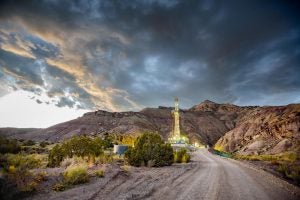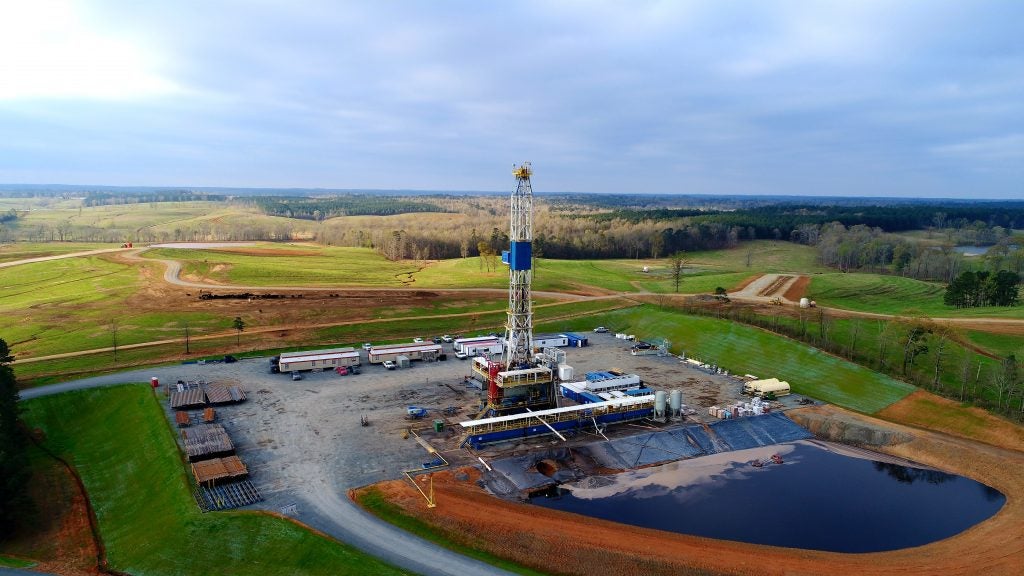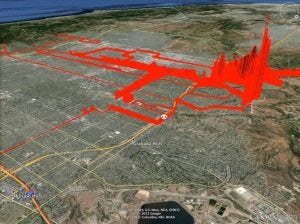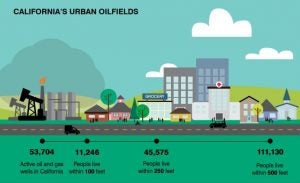 The state of Colorado is poised to adopt some of the nation’s most sophisticated and protective regulations designed to prevent its 60,000 oil and gas wells from leaking or exploding.
The state of Colorado is poised to adopt some of the nation’s most sophisticated and protective regulations designed to prevent its 60,000 oil and gas wells from leaking or exploding.
Colorado has a history of leading on oil and gas regulatory issues to reduce risks to families, workers and the environment, including the nation’s first regulations to address climate-damaging methane emissions from the industry in 2014. In the wake of the 2017 Firestone tragedy and the passage of a major oil and gas reform bill (SB 181) in 2019, the state has undertaken a whole slate of rule modernizations. Well integrity, for which rules have not been updated since 2008, is up next.














